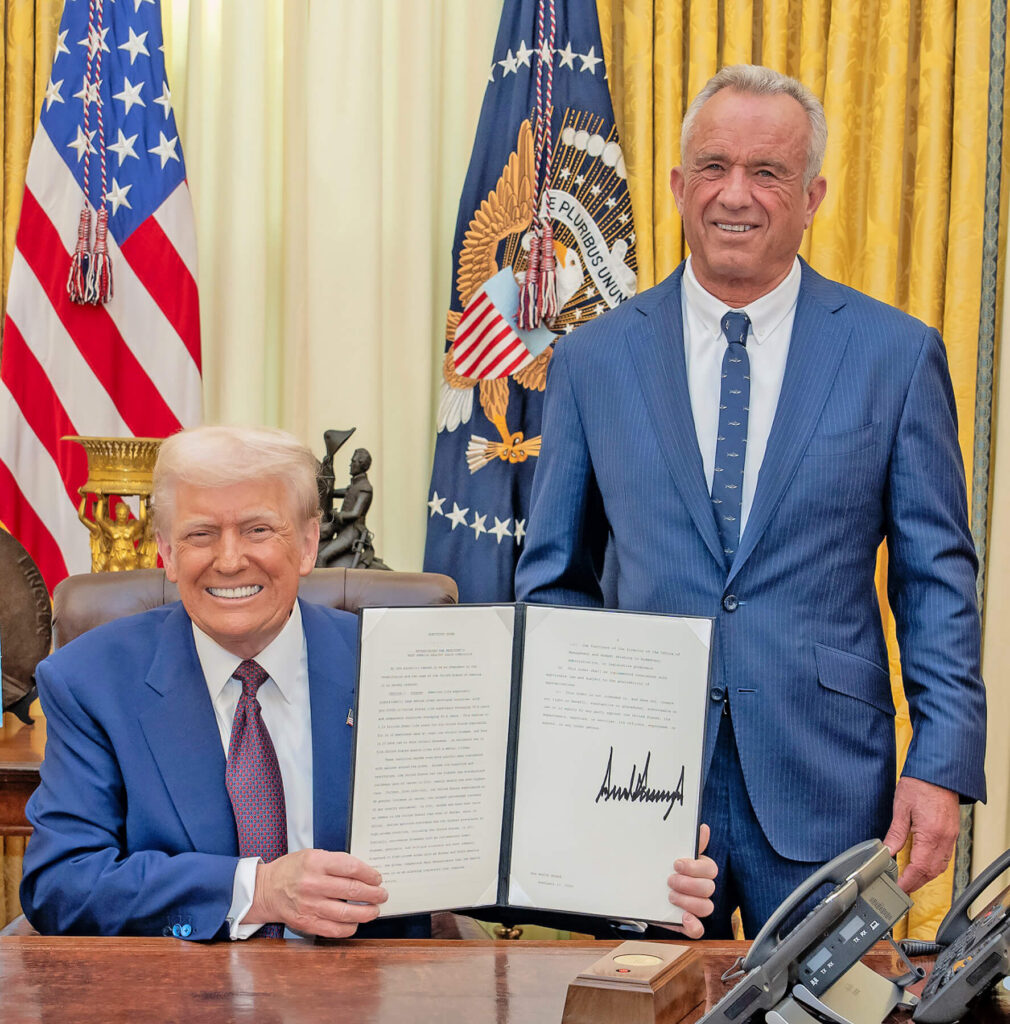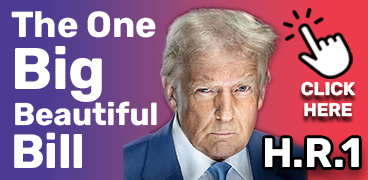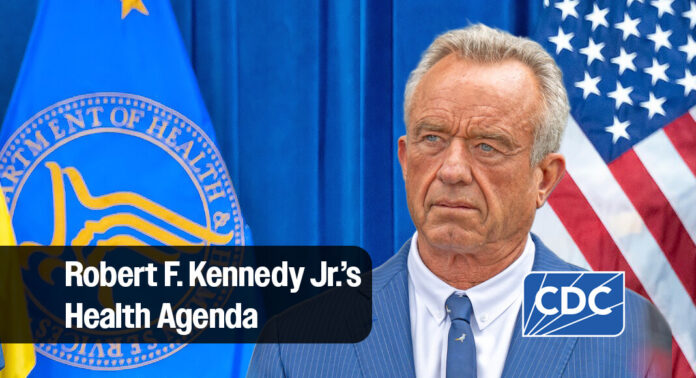Mega Doctor News
Mega Doctor News
Since Robert F. Kennedy Jr. assumed office as U.S. Secretary of Health and Human Services in February 2025, he has launched an ambitious agenda under the banner “Make America Healthy Again” (MAHA). Below is an up-to-date account of what has been proposed, what has been put into action, and what remains to be accomplished — with sources referenced for verification.
What has been proposed
In March 2025, Kennedy announced a major reorganization of HHS. The proposal includes reducing the number of top-level divisions in the department from 28 to 15, consolidating agencies, offices, and overlapping functions. One centerpiece is a new agency to be called the Administration for a Healthy America (AHA), which would bring together entities like the Health Resources and Services Administration, the Substance Abuse and Mental Health Services Administration, the Office of the Assistant Secretary for Health, and parts of the Centers for Disease Control and Prevention and National Institutes of Health, according to background reporting.

Alongside this structural proposal, Kennedy has floated a large workforce reduction. HHS intends to reduce its staff from about 82,000 full-time employees to close to 62,000 — a cut of about 20,000 positions. Many of these reductions would result from a combination of layoffs, voluntary departures such as early retirements, and program consolidations.
The MAHA Commission, established shortly after Kennedy’s confirmation, released a report in May 2025 focusing on childhood chronic disease. The report attributed rising rates of illness to ultra processed foods, chemical exposures, lifestyle factors, and the overprescription of medications and vaccines.
The roadmap includes proposals to revise dietary guidance by reducing consumption of ultra-processed foods, reassess behavioral and psychiatric medications for children, strengthen oversight of environmental toxins, improve food labeling, and place greater emphasis on preventive public health approaches. PBS NewsHour noted that while the report highlights important issues such as nutrition and environmental exposures, it has been criticized by some experts for omitting key evidence on the benefits of vaccines.
What has been accomplished
Susan Monarez was confirmed by the Senate as Director of the CDC on July 31, 2025.
In late August 2025, Monarez was removed from her position after less than a month in the confirmed role. According to Reuters, Jim O’Neill, HHS Deputy Secretary, was appointed interim director of the CDC following her dismissal.
Her removal triggered resignations of multiple senior CDC officials, including Debra Houry, the Chief Medical Officer; Demetre Daskalakis, who led the National Center for Immunization and Respiratory Diseases; and Daniel Jernigan, director of the National Center for Emerging and Zoonotic Infectious Diseases. Reuters reported that these departures left the agency without several of its most experienced leaders at a critical time.
Budget cuts and layoffs at the CDC have also begun. Reuters reported that $3.6 billion was cut from the CDC budget, followed by layoffs of approximately 2,400 employees, though about 700 of those have since been rehired in new roles.
What still needs to be accomplished / what remains uncertain
The proposed reorganization — including the creation of the Administration for a Healthy America, merging agencies, consolidating offices, and reducing staff by 20,000 — is not fully implemented. Many of those structural changes remain in the planning stages or in early implementation.
The MAHA Commission’s proposals, though published, require regulatory, agency, and congressional action to translate into policy. For example, changes in vaccine scheduling or in oversight of medications prescribed to children remain proposals rather than adopted measures. PBS NewsHour noted that such changes would require extensive review and, in some cases, legislation.
There is ongoing concern from scientific, medical, and public health communities about the impact of leadership turmoil, potential politicization, and erosion of trust. More explicit guidance, legal clarity, and scientific review are needed. Monarez has disputed the legality of her removal, arguing that as a Senate-confirmed official she could only be dismissed directly by the President.
The role, composition, and authority of advisory vaccine panels remain in flux. STAT News reported that medical groups are watching closely to see whether new appointees will be viewed as independent scientists or as aligned with Kennedy’s longstanding skepticism toward vaccines. While rumors have circulated about the wholesale dismissal of the Advisory Committee on Immunization Practices, there is no credible confirmation that the entire panel has been disbanded.
Many of Kennedy’s budget proposals, including those affecting the NIH and various public health programs, are still pending congressional approval. The degree of cuts, reallocation of funds, and which programs might be spared has not yet been settled.
What to watch going forward
Scientific independence and public trust remain at stake. How advisory bodies are reconstituted, whether their members are seen as free from conflicts of interest, and whether vaccine guidance continues to be based on peer-reviewed evidence will be critical to institutional credibility.
Legal and procedural challenges could shape the pace of change. The disputed removal of Monarez has raised questions about the boundaries of executive authority and the protections for Senate-confirmed officials.
Implementation of the MAHA proposals — covering environmental health, food regulations, dietary guidelines, infant nutrition, and behavioral health — will require rulemaking, funding, and legislative support.
Budget action from Congress will be decisive. Because HHS’s budget proposals must be approved or modified by lawmakers, the final outcome of funding and resources remains uncertain.
Finally, the impact on public health operations is an open question. Layoffs and reorganizations may affect programs in disease surveillance, vaccine outreach, and chronic disease monitoring. How smoothly these transitions proceed, and whether gaps emerge, will determine much of the real-world impact of Kennedy’s agenda.
In summary, the Kennedy administration has set in motion a sweeping plan to reshape U.S. health policy under MAHA, and some major changes are already in effect — especially in CDC leadership, budget reductions, and initial layoffs. However, much of the proposed structural reorganization, regulatory overhaul, and policy change remains unfulfilled rather than fully implemented. Continued monitoring, scientific scrutiny, legal due process, and legislative oversight will determine how many of the ambitious proposals are ultimately realized. MDN
See related story:











